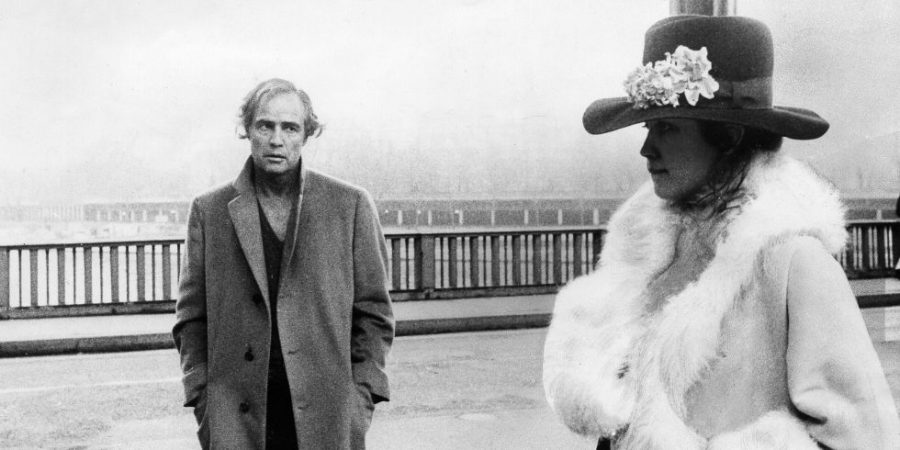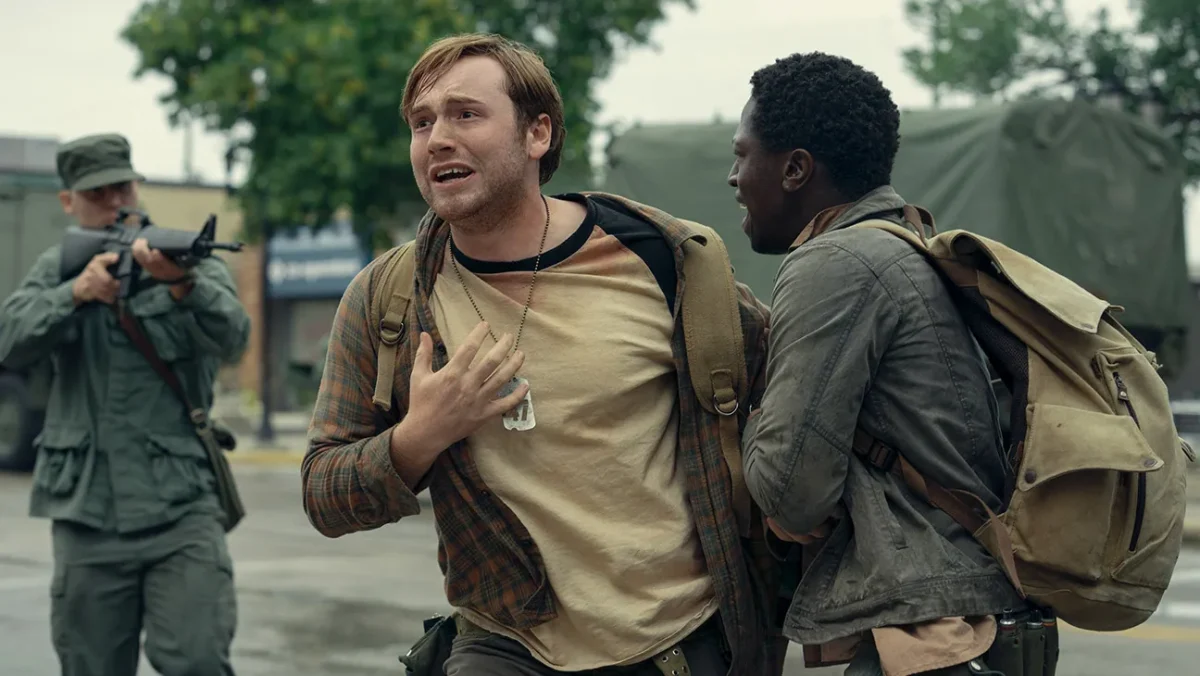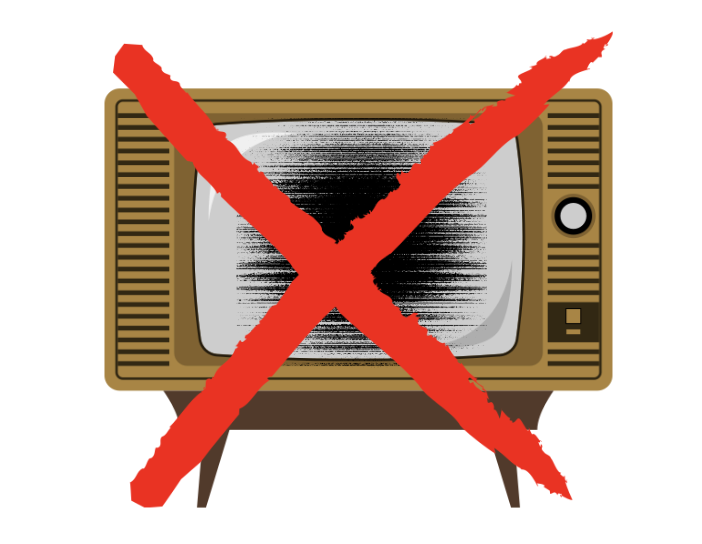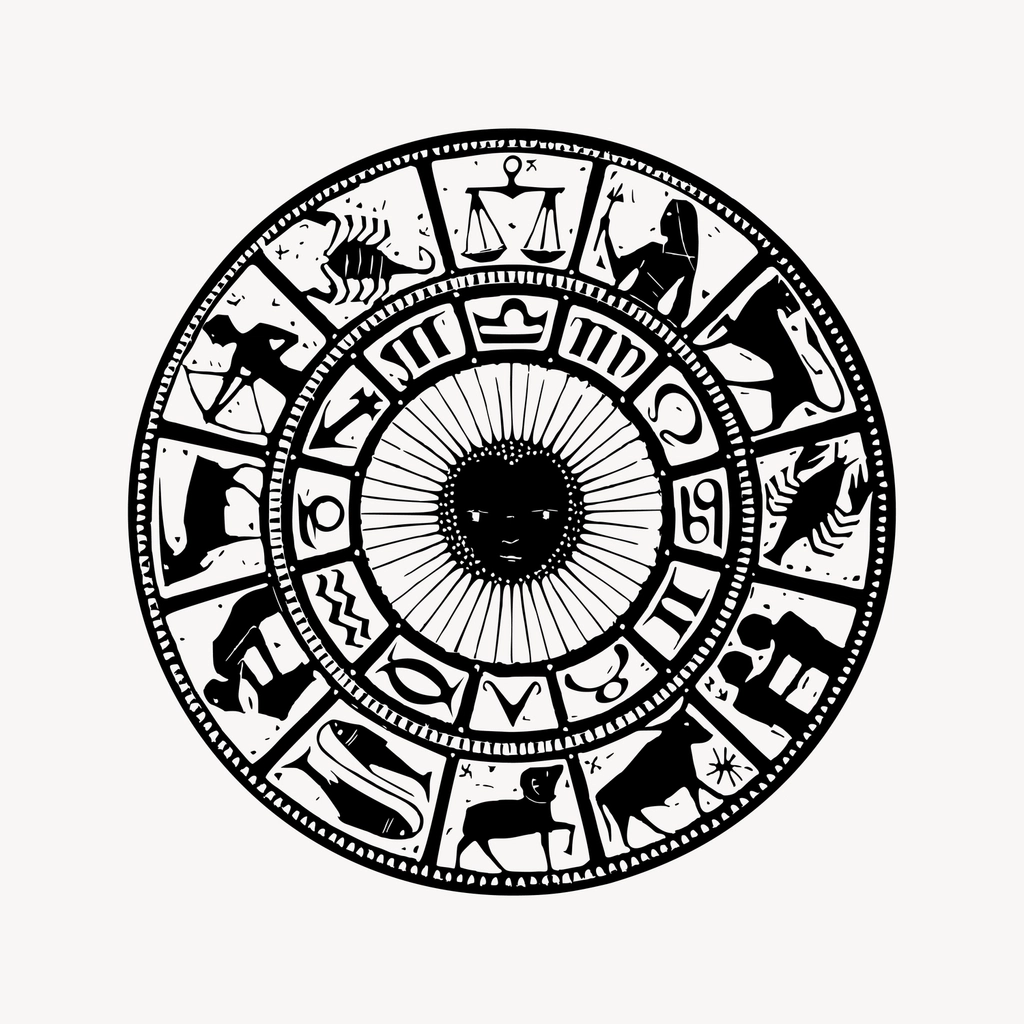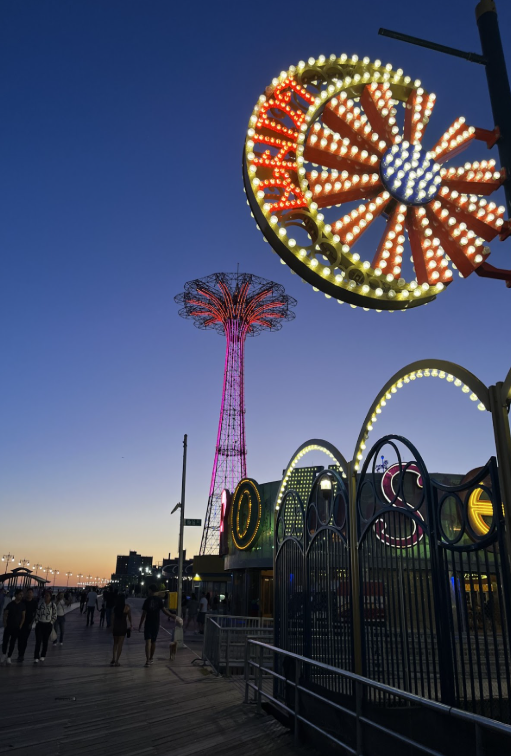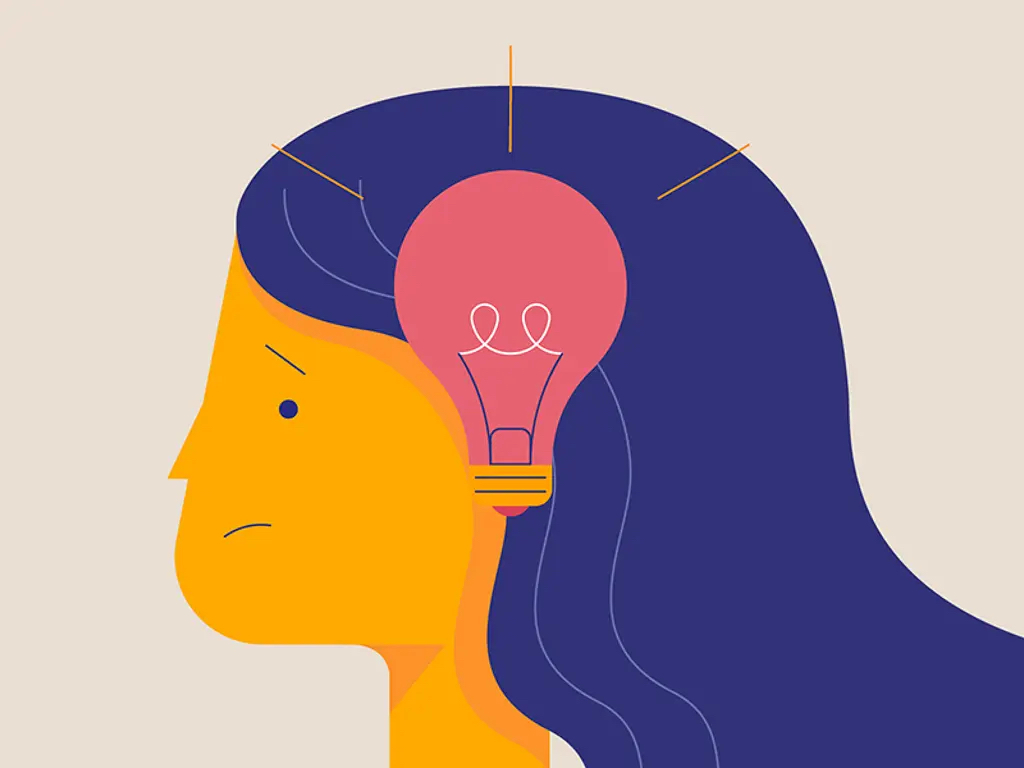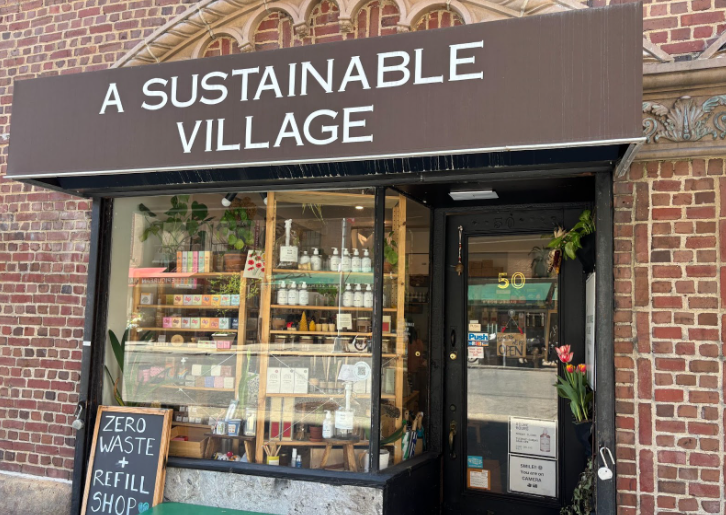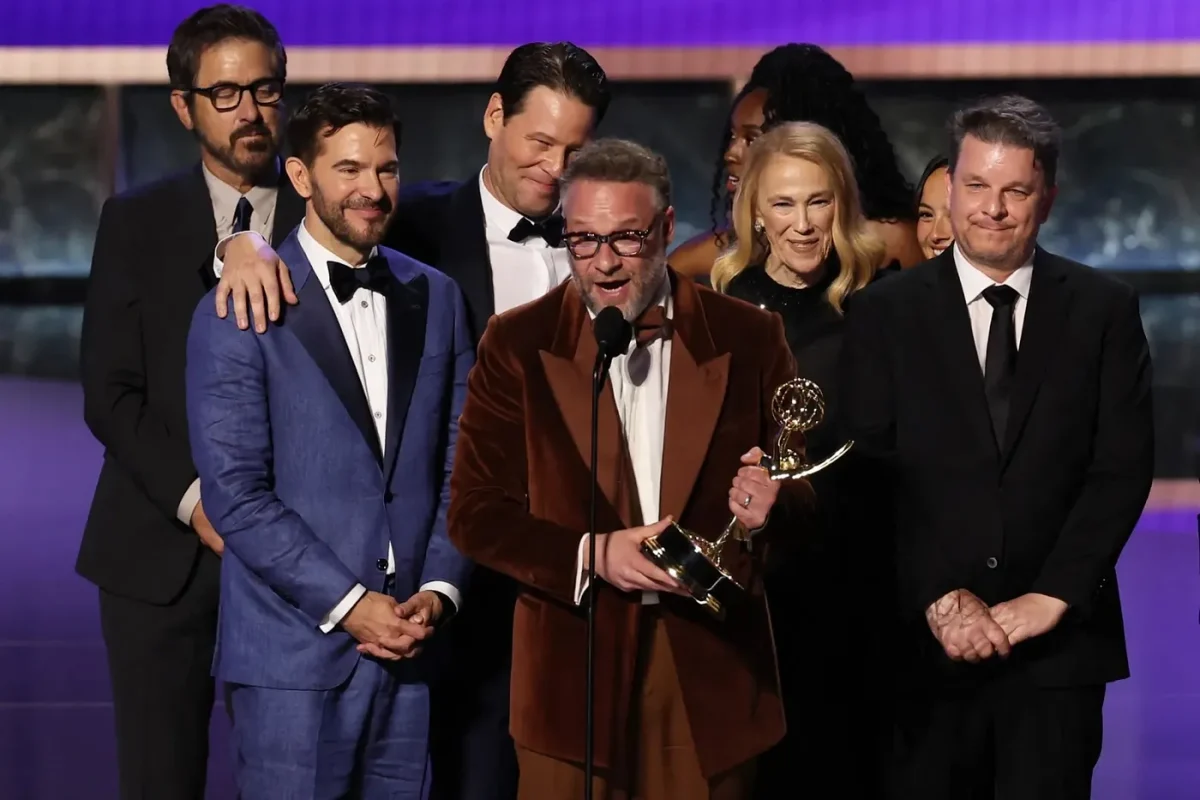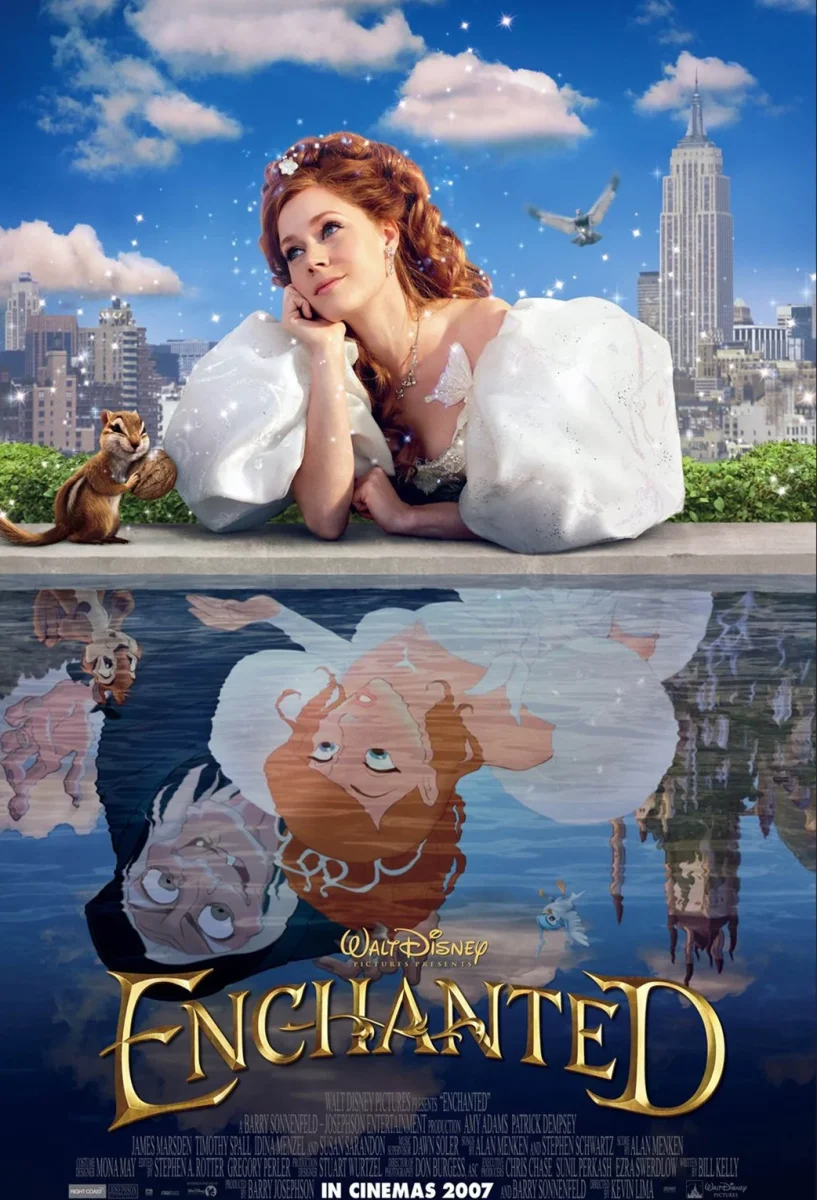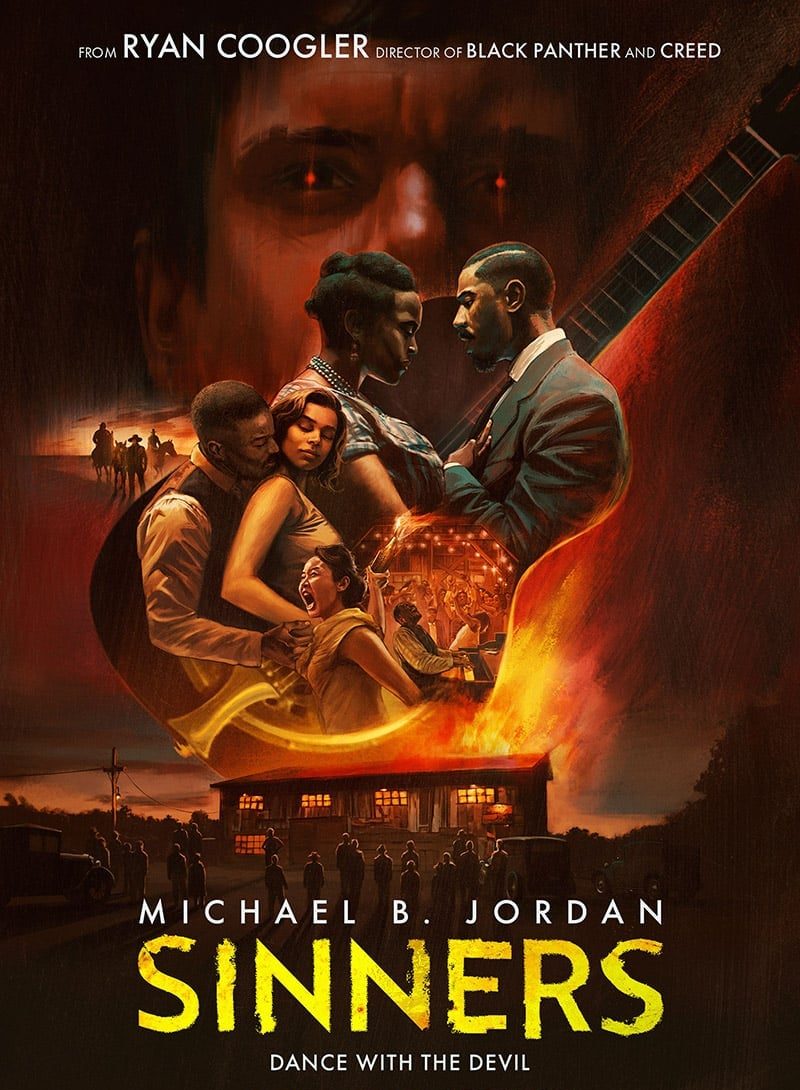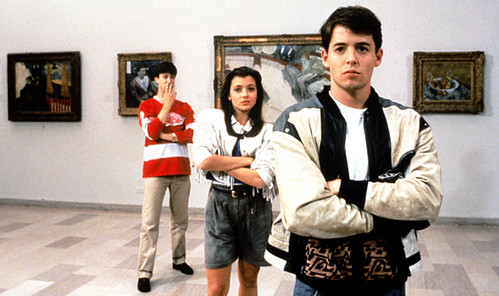Last week, a video surfaced of Oscar-winning director Bernardo Bertolucci discussing his 1972 film “Last Tango in Paris,” starring Marlon Brando and Maria Schneider. Generally considered a masterpiece of cinema, “Last Tango in Paris” is equally well known for its graphic rape scene, the details of which I do not feel comfortable summarizing due to the rather important portion of Bertolucci’s video: Schneider was not informed of a key detail of the scene because Bertolucci, in congress with Brando, “wanted Maria to feel, not to act, the rage and the humiliation… Because [he] wanted her reaction as a girl, not as an actress.”
Since the video made the rounds on social media, Bertolucci has said that his comments were a “ridiculous misunderstanding,” that Schneider was aware there was a rape scene, just not that particular detail (which he also admitted that she said offended her). The fact that he thinks that this was the reason for the public outcry just goes to show that the problem of women in film—from production all the way through to scholarship— is far more insidious than imagined.
Let me start with a story: I took my first film appreciation class in 2014, all bright-eyed and bushy-tailed, ready to talk at length about “Citizen Kane” (because that’s what all film majors do, right?). One of the first movies we watched was “One Flew Over the Cuckoo’s Nest,” the 1975 film starring Jack Nicholson. My professor prefaced the screening by saying that Nurse Ratched is one of the greatest cinematic villains of all time, that she just instills rage and fear like no other.
Early into the movie, Nicholson is introduced as McMurphy, who is trying to be transferred from prison to a mental institution. He is clearly not mentally ill (at least by the standards shown in the other characters) and he is in jail for statutory rape. My initial reaction was, “OK, so this guy clearly is not our hero.”
I came home from class that night and told my parents about what my professor had said, but that I really thought that Nurse Ratched was just trying to do her job and this jackass rapist was ruining her life. (My parents, entirely independently of each other, both responded with a hug and a “That’s my girl!”)
I guess I’ve always been something of a contrarian, but this phenomenon has followed me throughout my four years as a film student. For being about such a subjective topic, film studies is deeply entrenched in established ideas of what makes a film “great” and it can be really difficult to go against those ideas. And the way the field is constructed is overwhelmingly masculine: most prominent scholars are, historically, men, as are most “great” filmmakers, while the women who helped build the industry in the early part of the 20th century were forced out of their jobs and then erased from history. Even film scholars who dare to say, “Hey, maybe we shouldn’t continually reward the torture and humiliation of women on screen,” are relegated to the niche of feminist film theory.
If you look at a list of the “greatest” films of all time (any of them will do, they’re all basically the same), they overwhelmingly skew male, from the director/writer to the concerns of the protagonist. And it’s not just that they are male, it’s that they are actively anti-female—the Corleones are rigidly patriarchal and abuse their wives, “Chinatown” (another Nicholson feature, with the added Polanski problem) is about incestual rape, and Hitchcock’s blondes get attacked by birds/serial killers because Tippi Hedren wouldn’t sleep with him.
Our culture perpetuates the negation of the feminine by creating a deeply rooted gatekeeper effect for “great” cinema. Definitive statements are made that leave little room for dissent: Nurse Ratched is a villain and if you don’t think so then you just don’t get it, (ever tried arguing with a dude that “Pulp Fiction” isn’t that great? It’s a fun time.) even though the idea that some men just don’t get the experiences of women never comes up.
Which brings me back to Bertolucci. He is considered a “great” filmmaker and “Last Tango in Paris” is a “great” movie. The fact that it included such a violent rape scene in the first place would make me challenge this notion, but the revelation that it was not wholly consensual should raise some serious red flags for everyone. I’ve been heartened by many of the responses I’ve seen on social media, especially from those in the industry who have some power, condemning Bertolucci, Brando, and “Last Tango in Paris.” But I have seen just as many posts and articles supporting Bertolucci’s claim that it is just a misunderstanding.
Here’s why it’s not a misunderstanding: Bertolucci said that he did what he did because he wanted Schneider to actually be humiliated as a woman, rather than just acting humiliated. Those are his words. There is nothing to mince there. Feminist film scholars like Laura Mulvey have been writing about this phenomenon for decades, that women are routinely punished and brutalized on screen because they are women, always for the pleasure of male spectators. And the “Last Tango in Paris” incident is the most egregious and blatant example of this: a woman—a real-life woman, not a character—was intentionally humiliated and violated for male consumption and for the realization of a man’s vision.
Now we, as moviegoers and scholars, are left to grapple with that fact. Do we write off “Last Tango in Paris” and everyone involved? Do we investigate every other film Bertolucci made in case a similar offense occurred? Do we “separate the art from the artist,” as many diehards always seem too keen to do?
Something tells me we will do the latter. It’s what we always do: Roman Polanski is just as revered as he always was even though he raped a 13-year-old and then fled from justice, and his films are “separated” from his personal life, despite repeatedly being about the violation of women’s bodies. We ignore the claims of child molestation against Woody Allen because his movies are just such “great” art that the life of the artist is irrelevant—even though he plays a fictionalized version of himself in a majority of his films, and they are iconic about the artist’s psychology.
And with Bertolucci it becomes even more problematic to separate the film from everything behind the curtain because we see it in the final product. Bertolucci’s humiliation of a woman is played out on screen, thereby collapsing the distinctions between art and artist, production and spectator. We cannot reasonably separate them, so we must face our complicity in watching a real woman’s real humiliation and fear shown for our own enjoyment.
If we do not wholeheartedly denounce the film in every possible way—as film fans, makers, students, scholars—then we are once again saying that violence against women is “worth it” so long as it creates great art. And when I sit in a classroom with young men and professors who don’t understand this, who give passes to people like Polanski and Allen, I feel betrayed, disrespected, and, honestly, unsafe. We already live in a world where as a woman, I don’t feel safe walking down the street in the darkness of night, and now apparently I can’t feel safe under the bright lights of a movie set, either. Because as long as it’s done in the name of art, a man can do anything he wants to me and be handed an Oscar.

